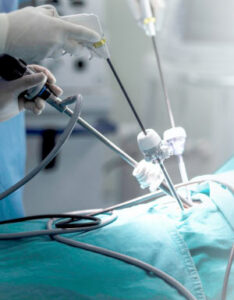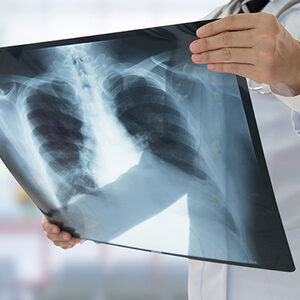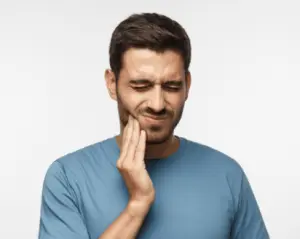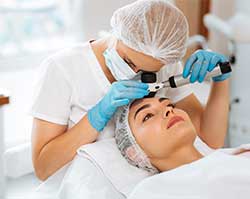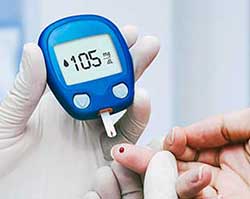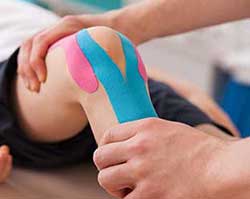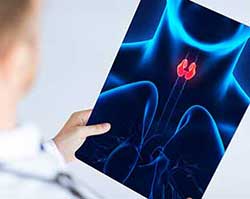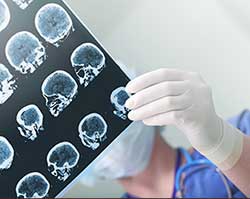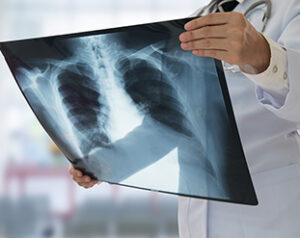Consult City's Top Doctors, The Minute You Need To
First Consultation starting
@ ₹249 ₹499
6990
Orthopedicians
298922
Cases done
by Orthopedicians
1707
Hospitals
Sprains and fractures: Overview
One cannot predict mishaps and the resulting injuries. From a simple fall to meeting with an unfortunate accident on the street, physical injuries cannot be premeditated. The gravity of the injury could range between minor to very serious or even fatal, from a tiny bruise to serious fractures. Physical injuries could also develop over years with age. Whether a sprain, a strain, or a bone fracture, it is critical when you injure your body, you give it proper attention and medical care to avoid serious and sometimes permanent complications in the future.
Symptoms of sprains and fractures
It is important one understands the difference between a sprain and a fracture. While the former is a muscle tissue or tendon stretch or tear, fractures could be a crack or complete breaking of the bone or cartilage. Here’s a look at the symptoms of each:
SPRAIN
A sharp fall, twist or blow can cause a sprain. A stretch of the ligament can cause a mild sprain with the joint remainingalright. A moderate sprain causes the ligament to partially tear and affects the joint while a more serious sprain will tear the ligament completely or even separate it from the bone.
Here are some common symptoms:
- Pain
- Swelling and bruising
- Inability to move
- A popping sensation or sound in the joint
FRACTURE
A fracture is when a bone in the body is either completely or partially broken. The symptoms herein are severe than a sprain, some of which are:
- Extreme pain
- Swelling and stiffness
- Bruising
- Inability to move and loss of function in the affected area
- Apparent deformity of the injured area
- Bone protruding in certain cases
Causes
Both sprains and fractures are caused by trauma to the body. The severity of the trauma results in either a sprain or fracture. The more severe the impact that could be a result of a fall, a twist or a physical blow to the body, the greater the risk of the bone fracturing.
Diagnosing Sprains and Fractures
A sprain is usually diagnosed by the doctor understanding the reason that caused the injury and examining the injured area thoroughly. A detailed medical history of the patient will further help the doctor to make a more accurate diagnosis. To rule out more severe complications like a fracture, X-rays of the affected area will help. In certain cases, even an MRI is recommended to check for tissue damage.
Fractures, on the other hand, are diagnosed by X-rays. Sometimes multiple X-rays may be required to identify a fracture. It could also happen that an X-ray might not reveal the fracture; this is usually common in the case of wrist or hip fractures, and stress fractures. In such cases, MRI, bone or CT scans are done.
Other Disorders
Sprains can lead to further complications. Continuous sprains increase the risk of arthritis. They could also lead to loose joints or serious tendon injuries. Sprains with lots of bruising and swelling could indicate a fracturing of the bone. Muscle rupturing, cartilage injury and dislocation of joints are among other further complications resulting from a sprain.
In the case of a fracture, the biggest risk if ignored or treated callously is the improper healing of the bone. This could lead to very severe further complications like deformities, lack of function and movement, misalignment of the bone etc. If a fracture leaves fragments in the area, usually like shrapnel, surrounding muscles, ligaments and nerves could be damaged leading to infections.
Treating Sprains and Fractures
To treat both sprains and fractures, what is mostly advised is complete rest to allow the affected area to heal. The time taken to heal depends on the severity of the injury. The RICE (Rest, Ice, Compression and Elevation) treatment is usually prescribed. In certain severe instances of sprains, elastic bandages or casting may be required. Medicines are prescribed usually to ease the pain and swelling.
A fracture needs immediate medical attention. Once the fracture is diagnosed, the fractured area is immobilised with a cast or splint. Adequate rest is required with the fractured area being kept from any stress and activity for the bone(s) to heal properly. It takes a far longer time for fractured bones to heal than a sprain. Even after a cast is removed, it could take weeks for the injured area to regain its past strength. The time to completely heal broken bones depends on the severity of the injury. Medicines are usually prescribed only to lessen pain.
Whether a sprain or a fracture, urgent medical attention is critical to avoid more serious complications. With mfine, it is simple to look up the top doctors near you online and get immediate medical help.
Other Specialities
Give a missed call to 08061914343 to Download the App

